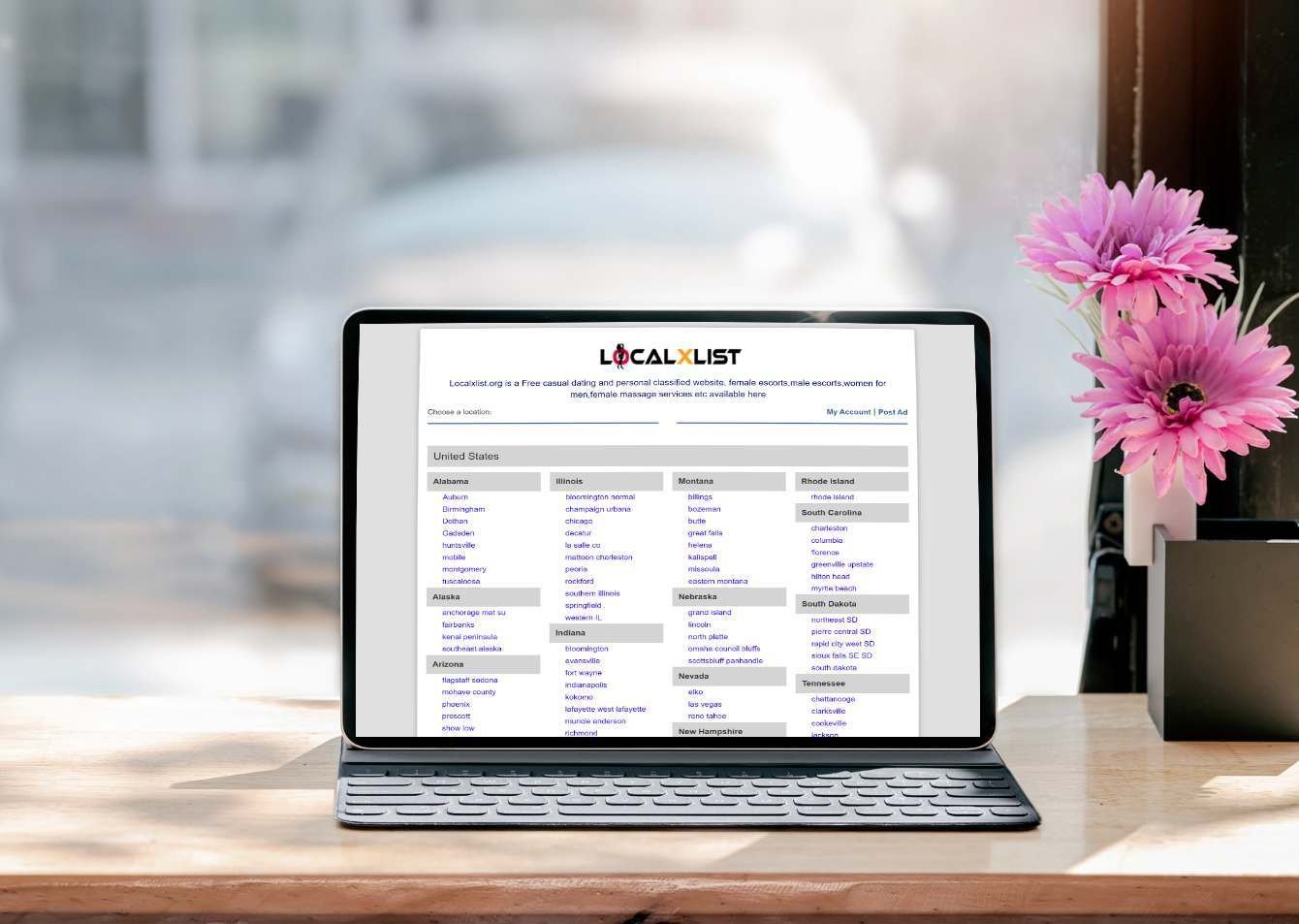Introduction
The New York Times (NYT) crossword puzzle is more than just a game; it’s a cultural phenomenon. For decades, it has challenged minds, built vocabularies, and provided a daily dose of problem-solving fun. But what makes high level nyt crossword so special? Why has it become a high level benchmark for word game enthusiasts? In this article, we’ll explore the history, evolution, and cultural impact of the NYT crossword, along with its connection to other word games like Wordle. We’ll also delve into how crosswords intersect with politics, technology, and entertainment, making them a unique blend of art and intellect.
Table of Contents
The History of high level nyt Crossword
The Origins of high level nyt Crossword Puzzles
Crossword puzzles have been around for over a century. The first known crossword was published in 1913 by Arthur Wynne in the New York World. However, it wasn’t until 1942 that The New York Times introduced its own crossword puzzle. Initially, the NYT was hesitant to adopt the trend, but the puzzle quickly became a staple of American culture.
The High Level NYT Crossword’s Rise to Prominence
Under the guidance of Margaret Farrar, the first crossword editor, the NYT crossword gained a reputation for its clever clues and high level of difficulty. Over the years, editors like Will Shortz have continued to elevate the puzzle, making it a daily ritual for millions of Americans.
The Art of Solving High Level NYT Crosswords
What Makes high level nyt Crossword High Level?
The NYT crossword business is known for its increasing difficulty throughout the week. Monday puzzles are relatively easy, while Saturday puzzles are designed to challenge even the most seasoned solvers. The business of crafting these puzzles requires a deep understanding of wordplay, trivia, and cultural references.
Tips for Solvin high level nyt Crosswords
- Start with the Easy Clues: Begin with the shortest words and fill in the blanks.
- Look for Patterns: Crosswords often repeat certain words or themes.
- Use a Pencil: Mistakes are common, especially in high level puzzles.
- Expand Your Vocabulary: Reading widely can help you recognize obscure words and phrases.
The Cultural Impact of NYT Crosswords
Crosswords and Problem-Solving
Crossword puzzles are more than just a pastime; they’re a form of mental exercise. Studies have shown that solving crosswords can improve cognitive function, memory, and problem-solving skills.
Crosswords in Popular Culture
From movies like Wordplay to TV shows like The Simpsons, crosswords have made their mark on popular culture. They’ve also inspired other word games like Wordle, which has taken the internet by storm.
The Intersection of Crosswords and Politics
Crosswords and Political Figures
Interestingly, crosswords have occasionally intersected with politics. For example, during the Trump administration, the NYT crossword included clues referencing Donald Trump and Marco Rubio. Similarly, the Biden administration’s policies have also found their way into crossword clues.
Crosswords and Global Events
The NYT crossword has also touched on global events, such as the conflict between Russia and Ukraine. Clues referencing Sergey V. Lavrov, Russia’s Foreign Minister, have appeared in puzzles, highlighting the puzzle’s ability to reflect current events.

The Evolution of Word Games: From Crosswords to Wordle
The Rise of Wordle
Wordle, a simple yet addictive word game, has become a cultural phenomenon in its own right. Like the NYT crossword, it challenges players to think critically and expand their vocabulary.
How Wordle Compares to NYT Crosswords
While Wordle is more accessible and quicker to solve, it lacks the depth and complexity of the NYT crossword. However, both games share a common goal: to entertain and educate.
The Role of Technology in Word Games
Digital high level nyt Crosswords and Apps
With the rise of smartphones, crossword puzzles have gone digital. Apps like the NYT Crossword and Google Play have made it easier than ever to solve puzzles on the go.
The Future of Word Games
As technology continues to evolve, so too will word games. Virtual reality, artificial intelligence, and other innovations could revolutionize the way we play and solve puzzles.
Conclusion
The NYT crossword is more than just a game; it’s a testament to the power of words and the human mind. From its humble beginnings to its status as a high level benchmark, the NYT crossword has captivated millions of people around the world. Whether you’re a seasoned solver or a beginner, there’s no denying the appeal of this timeless puzzle. So grab a pencil, open your mind, and dive into the world of high level NYT crosswords.
FAQs for “High Level NYT”
1. What does “high level” mean in The New York Times (NYT) articles?
- “High level” in NYT articles often refers to in-depth analysis, expert opinions, or comprehensive coverage of complex topics such as politics, global affairs, or business. The New York Times is known for its high-level journalism that provides readers with authoritative and well-researched insights.
2. How does The New York Times maintain high-level journalism?
- The New York Times maintains high-level journalism by employing experienced reporters, fact-checkers, and editors. They prioritize investigative reporting, rely on credible sources, and adhere to strict ethical standards to ensure accuracy and depth in their coverage.
3. What are some examples of high level nyt?
- Examples of high-level reporting in The New York Times include investigative pieces on government policies, in-depth analyses of global events, and long-form features on societal issues. Articles like “The Pentagon Papers” and “The 1619 Project” are prime examples of their high-level journalism.
4. Why is The New York Times considered a high-level news source?
- The New York Times is considered a high-level news source due to its reputation for accuracy, thorough research, and authoritative reporting. It has won numerous Pulitzer Prizes and is often cited by other media outlets and academics as a reliable source of information.
5. How can I access high-level content on The New York Times website?
- To access high-level content on The New York Times website, visit sections like “Opinion,” “Investigations,” or “Analysis.” Subscribers can also explore premium content, including exclusive reports and in-depth features, by signing up for a digital subscription.
6. What is the difference between high-level and regular news coverage in The New York Times?
- High-level news coverage in The New York Times typically involves detailed analysis, expert commentary, and investigative reporting, while regular news coverage focuses on breaking news and daily updates. High-level content often requires more resources and time to produce.
7. How does The New York Times ensure high-level accuracy in its reporting?
- The New York Times ensures high-level accuracy through rigorous fact-checking, multiple layers of editorial review, and reliance on credible sources. They also correct errors transparently and maintain a public editor to address reader concerns.
8. Can I trust The New York Times for high-level insights on global events?
- Yes, The New York Times is widely trusted for high-level insights on global events due to its extensive network of international correspondents, expert contributors, and commitment to unbiased reporting.
9. What are the benefits of reading high-level NYT articles?
- Reading high-level NYT articles provides readers with a deeper understanding of complex issues, access to expert perspectives, and well-researched information that can inform decision-making and critical thinking.
10. How does The New York Times compare to other high-level news outlets?
- The New York Times is often compared to other high-level news outlets like The Washington Post, The Guardian, and BBC. While each has its strengths, The New York Times is particularly renowned for its investigative journalism, cultural coverage, and global reporting.
11. Are high level nyt articles available for free?
- While some high-level NYT articles are available for free, most in-depth and premium content requires a subscription. The New York Times offers various subscription plans, including digital-only and all-access options.
12. How can I identify high-level content in The New York Times?
- High-level content in The New York Times is often labeled as “Analysis,” “Investigation,” or “Opinion.” Look for articles with bylines from renowned journalists or experts in their fields.
13. What role does The New York Times play in shaping high-level public discourse?
- The New York Times plays a significant role in shaping high-level public discourse by providing well-researched, thought-provoking content that influences policymakers, academics, and the general public.
14. How does The New York Times cover high-level political issues?
- The New York Times covers high-level political issues through investigative reporting, expert analysis, and interviews with key figures. Their political coverage is known for its depth and impartiality.
15. Can I contribute high level nyt content ?
- The New York Times occasionally accepts high-level contributions from external experts, academics, and thought leaders. Writers can pitch their ideas to the editorial team, but acceptance is highly competitive and subject to rigorous editorial standards.





